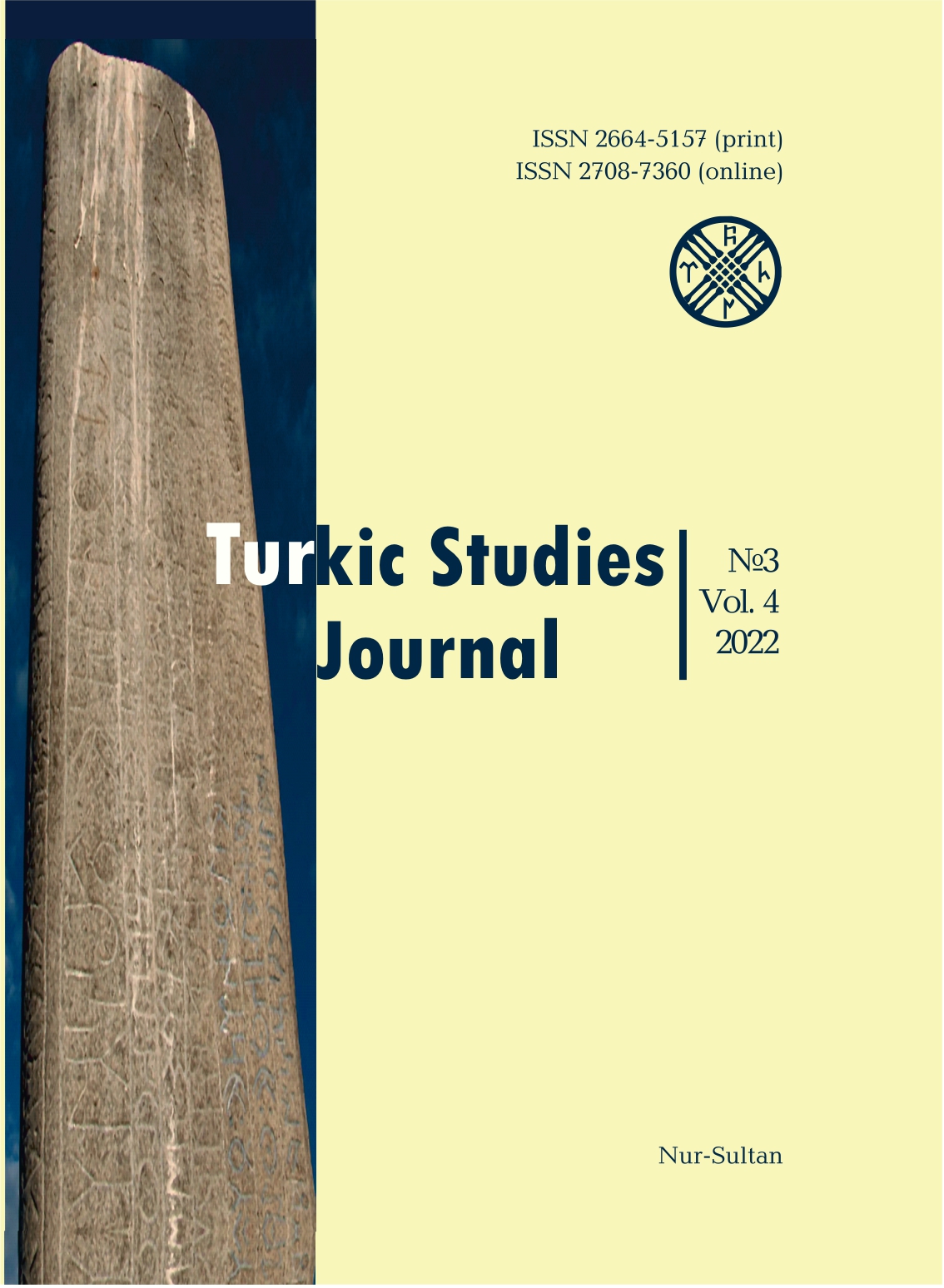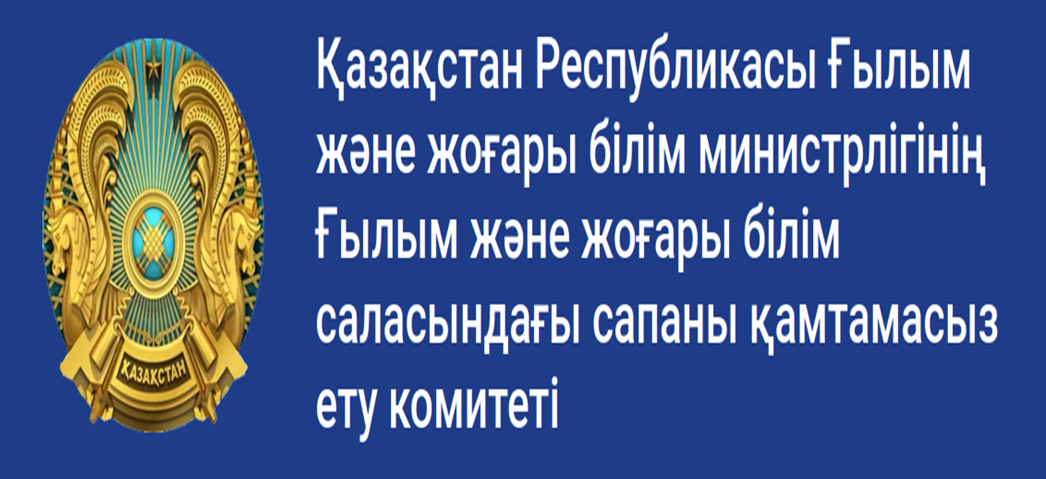Rite of burial of a dog in the ancient and medieval population of Kazakhstan (based on materials from the medieval settlement of Koskuduk)
Views: 276 / PDF downloads: 678
DOI:
https://doi.org/10.32523/2664-5157-2022-3-17-43Keywords:
Shui region, Middle Ages, Koskuduk hillfort, gate, dog, funeral rite, ethnoarchaeology, zooarchaeologyAbstract
Examples of dog burial are often found in Kazakh archaeology. The history of identifying
such symbolic burials of this animal goes back centuries. The burial of a dog at the gates of the city was
revealed during a study of the medieval site (hill fort) of Koskuduk in the Shui Valley. There are no direct
analogies to our burial of a dog at the gate; in contrast, dog use in funeral rites in many studies is limited to
illustrations from some sites and covers a particular chronological period in the scientific literature.
The purpose of the article: to give a comparative analysis of the funeral rite of the dog at the gates of
the medieval settlement of Koskuduk in the context of the funeral rites of Kazakhstan and neighboring
regions. Increasing respect for the dog among the Turkic peoples can be traced in oral tradition, folklore
with dog images, in proverbs and sayings, in phrases and idioms, in the observance of rituals.
In the process of research, we found that finding a dog in funeral rites originates from the Stone Age,
undergoes a number of changes in the Middle Ages and has continuity in modern rites of Turkic peoples.
Based on the data obtained as a result of the study, an analysis of similar rituals available in modern
Kazakh ethnography, the authors of the article note that the inner meaning of the burial of a dog at the
gates of the medieval hill fort of Koskuduk may have been «farewell to the old habitat» and the burial
of a dog in complexes means – the embodiment of the image of the «eternal watchman».


























